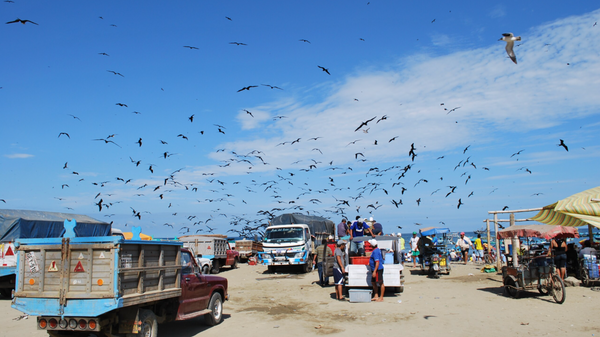An alert system against elephant intrusion into human habitats developed by Kerala Agricultural University offers hope as increased man-elephant conflicts on forest fringes are taking a toll on human lives.
The system, which uses artificial intelligence, was developed by K. Gopakumar, Head of the Department of Forest Resource Management, KAU’s College of Forestry, just before the COVID-19 outbreak in collaboration with scientists of Government Model Engineering College, Thrikkakara, and the Integrated Rural Technology Centre, Mundur.
“The alert system uses sensors and high-resolution cameras that will capture the images of animals straying into habitations. It sends wireless messages to the control room and from there to people and agencies such as the police and the Forest department within five km. As it uses wireless systems, forest areas with poor mobile network too can be reached through it,” says Dr. Gopakumar.
The initiative was part of the Western Ghats Cell-funded research project for developing an all-weather early warning system about the presence of wild elephants. The team placed the system first in the Wadi project area in Pudur grama panchayat in Palakkad, one of the important elephant pathways in the State.
Though the first prototype was a flop in distinguishing elephants from other animals coming in the view of the camera, the team developed an improved algorithm for exact detection of elephants.
“The new system is efficient. Even with the tip of an elephant ‘s tail, it can identify the animal. We tried it in Perumbavoor after the pandemic outbreak and it was successful,” he said.
“The system was developed just before the COVID-19 outbreak. So, we couldn’t pursue it further. We did isolated attempts. But couldn’t bring it to a wider platform. Secondly, what people, including officials, expect is to stop the intrusion of elephants or contain them within the forest itself. Which is nearly impossible,” says Dr. Gopakumar about the non-implementation of the system in more places.
“In a densely populated State such as Kerala, elephants and people are forced to share land and resources. Loss of natural habitats and their fragmentation bring wild elephants closer to human habitations, leading to frequent conflicts. Agriculture is a water-intensive activity. For elephants, farmlands provide everything like water and food. Elephants cannot be terrorised forever. It is a highly intelligent animal. We can only evade a conflict. What we have developed is a system to avoid casualties.”
“The system costs less than ₹15,000. This system can be used against any wild animal with slight modifications. It can even be used to alert railway authorities about the presence of elephants on the Walayar-Kanjikode track, where regular elephant-train collisions are reported,” Dr. Gopakumar adds.







